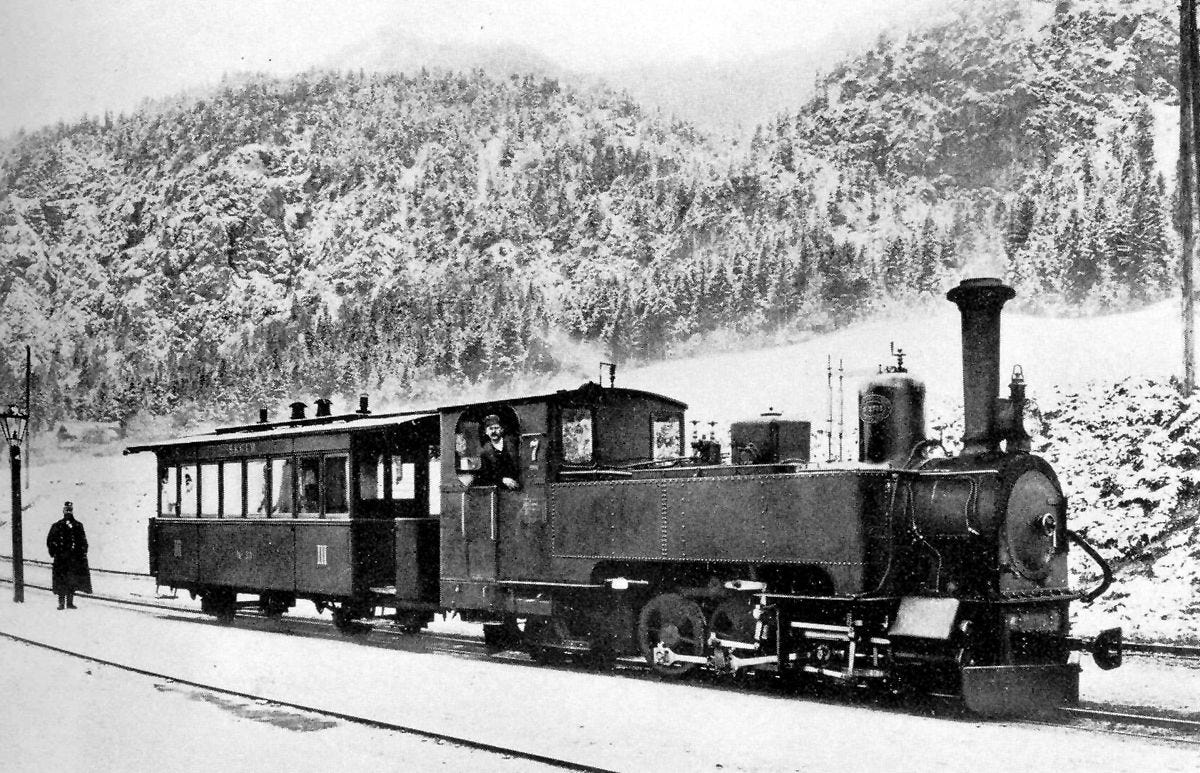Human capital is a combined set of experience and skills, and for businesses to assign a monetary value to their people and talent.
Most companies during the industrial revolution treated employees as fungible. Meaning, their skills and experience is easily replaceable.
Let’s briefly explore how human capital evolved in each phase of technology eras.
The first industrial revolution was from 1760-1840. It was the era of steam engines and standardization. We went from hand production methods to using machines. Textiles were the dominant industry. Global trade became more relevant than ever before. We experienced population growth across the globe as a result of the first industrial revolution.

The second industrial revolution was from 1870 – 1914 (pre WW1). Technically, it expanded into late 1950s with the space race. Ultimately, this was the machine age. We made tremendous progress in building railroad networks, gas and water supply. We built sewage systems, airplanes and more. We assembled production lines and built large scale manufacturing facilities.

The third industrial revolution is the digital revolution. It’s the information age. using computers and technology to amplify human capital. Our current era.

Historically, people’s talent has been fungible in organizations. Someone working in the textile mill can be replaced within a few hours. Training your new employee didn’t take weeks. It took a few hours.
Operating expensive machinery required some technical talent, but most people could easily follow a process without much autonomous thinking.
For all intent and purposes, people’s ability was commoditized and was considered fungible. We still see that today, to some extent. Union shops at the ports, large big box retailers amongst others treat their employees as fungible talent.
You’ve heard people say “everyone is replaceable at my company.” What they’re hinting at is human capital at my organization is fungible.
Fungible employment is commoditized, easily replaceable and requires very little ramp-up time for the next hire.
Non-fungible human capital on the other hand is different. These are your 10X engineers, your leadership team that innovates, your information workers that produce faster/better than others.
This isn’t to say they can’t be replaced (if they left). It means that they are really (really!) difficult to replace when they leave.
Information workers that operate with autonomy, drive strong results, produce at higher rates are hard to find, expensive and as as a result, non-fungible. When they leave an organization, you feel their absence.
Non-fungible human capital is not ubiquitous. It may only exist in certain layers of an organization. And it’s only a handful of people in an organization that would be non-fungible; especially in a world full of information workers that prefer polygamous work (e.x. having multiple jobs or streams of income by trading their time).
So, if you’re running a company, identify your non-fungible talent. Incentivize them well and give them resources to drive 10X or even 100X impact. Replacing them is hard, so don’t wait for them to come to the table to negotiate their comp plan. Someone else has already done that by a magnitude more by the time you wait for them to come to you to ask.